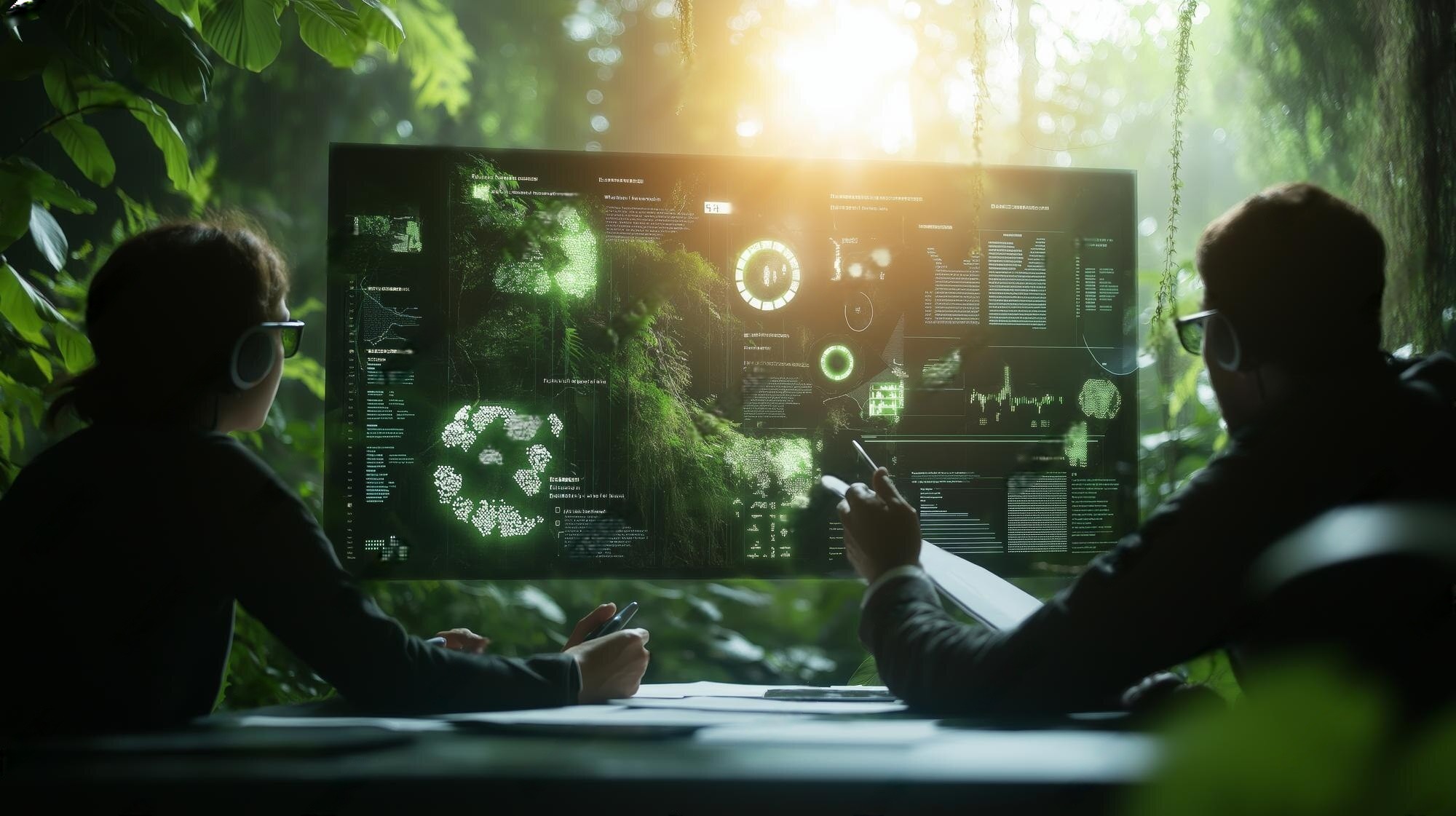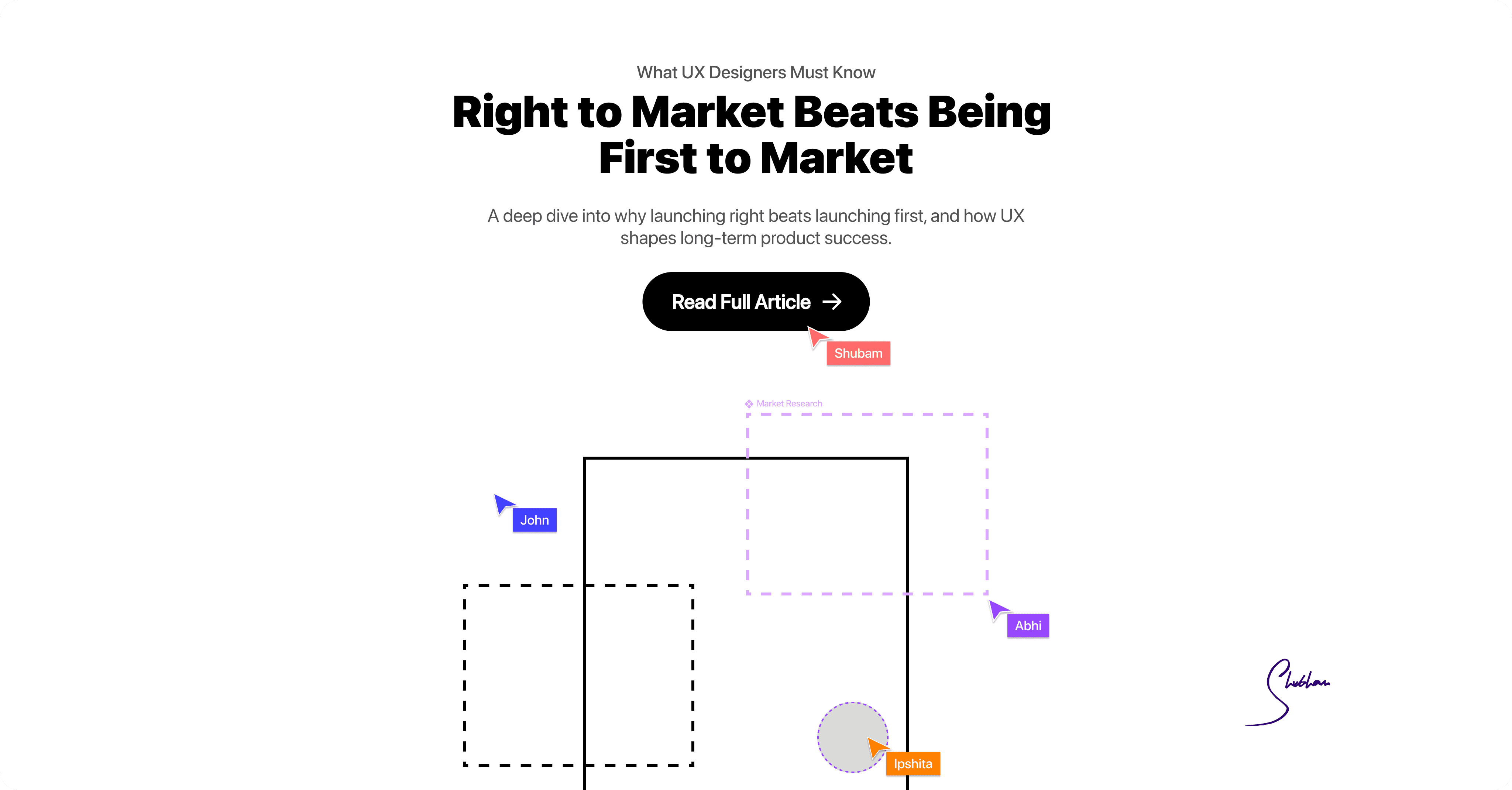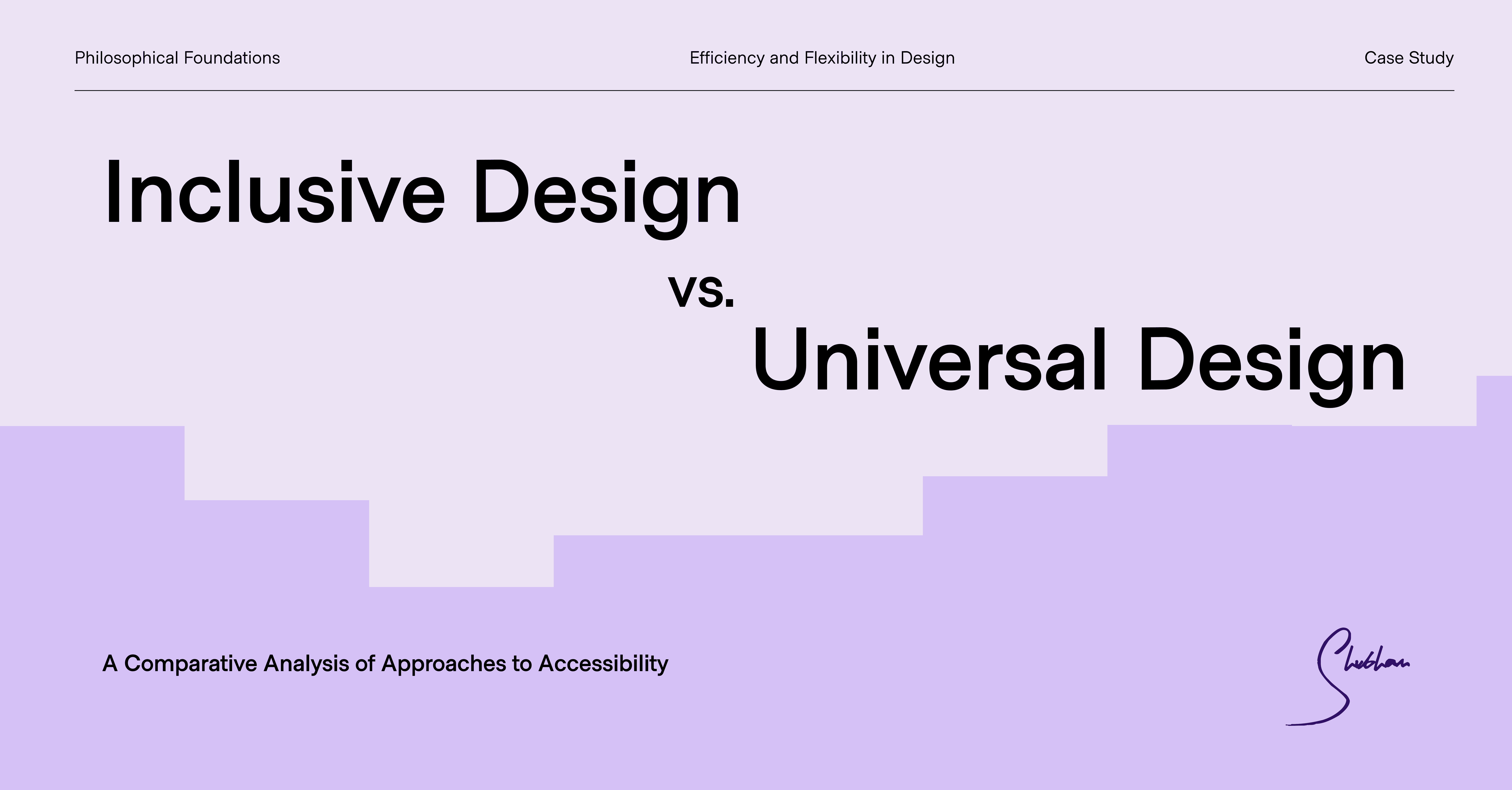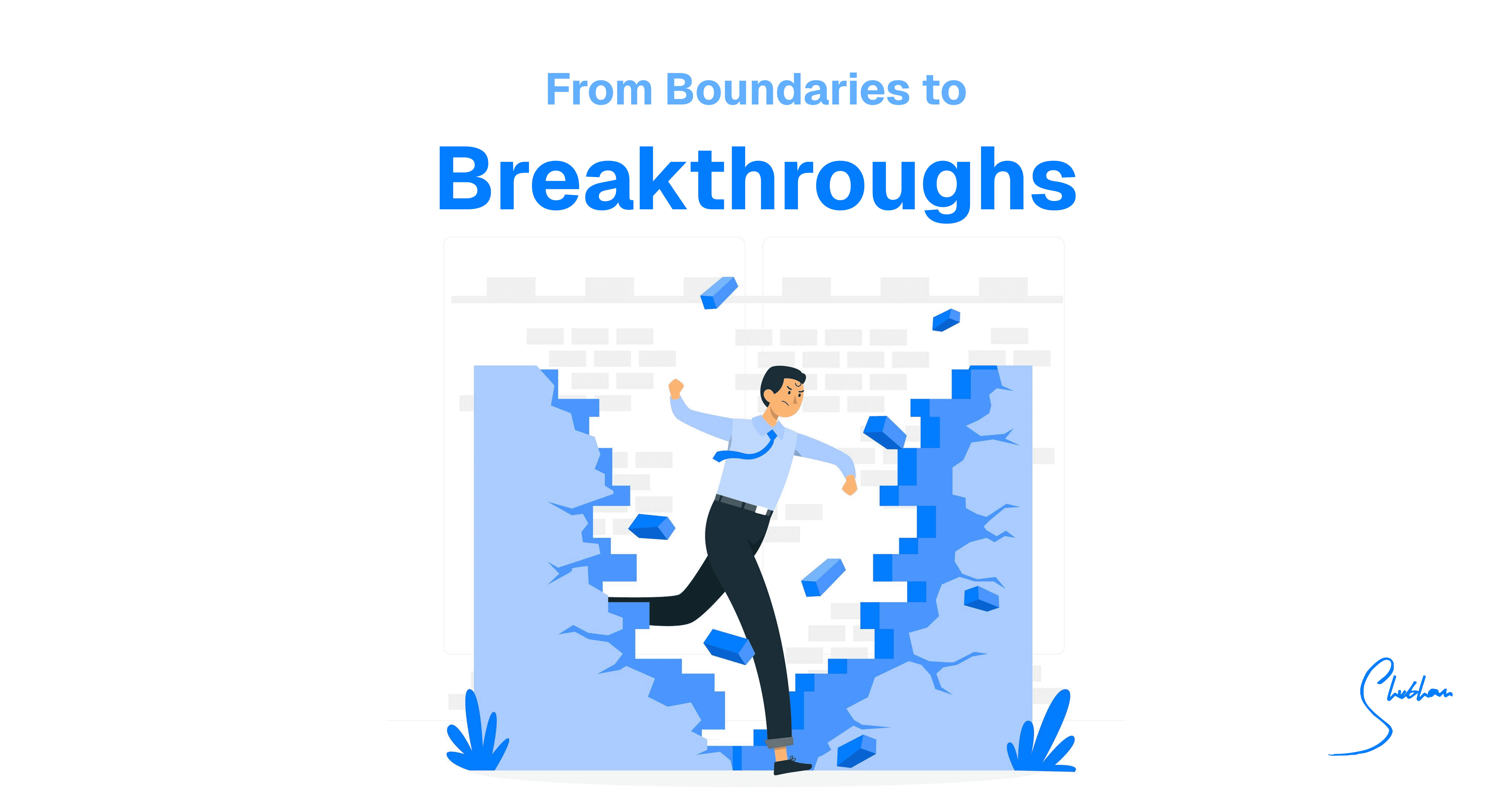Ishika, a passionate UX designer, sat at her desk, staring at her screen. She loved creating seamless digital experiences, but recently, she had started wondering about the hidden costs of AI-powered UX design. How much energy did these systems consume? Was her work unknowingly contributing to climate change? Determined to find answers, she embarked on a journey to uncover the environmental impact of AI in UX and discover ways to design more sustainably.
The Growing Environmental Footprint of AI in UX
Energy Consumption
As Ishika dove into her research, she was shocked to learn that AI-powered UX design required immense computing power. Training large AI models could consume as much energy as five cars did in their entire lifetimes. By 2030, AI-powered data centers were projected to use over 6% of global electricity. This realization fueled her determination to explore greener alternatives.
Water Usage
Another startling fact Ishika uncovered was that AI systems required massive amounts of water for cooling data centers. By 2027, AI was expected to consume up to 6.6 billion cubic meters of water annually—nearly half of the UK's yearly water consumption! She knew she had to find ways to reduce this impact in her own design work.
Carbon Footprint
Digging deeper, Ishika found out that a single AI-powered chatbot response could have a carbon footprint 20 times larger than a traditional Google search. This made her question every feature she incorporated into her designs—was it truly necessary, or was it adding to the problem?
Sustainable Design Practices for 2025
Determined to take action, Ishika compiled a list of sustainable design strategies:
1. Energy Optimized Interfaces
She started designing simpler, cleaner user interfaces that required less processing power. By minimizing unnecessary animations and using eco-friendly color palettes, she could reduce energy consumption without compromising user experience.
2. Green Design Systems
Ishika adopted sustainable design systems, prioritizing efficiency. She reduced file sizes, optimized data transfers, and encouraged the use of dark mode to cut down on energy use.
3. Lifecycle-Oriented UX
Thinking long-term, Ishika advocated for modular designs that adapted to new technologies without requiring frequent hardware updates. This way, products could last longer without generating excessive electronic waste.
4. AI-Powered Sustainability Metrics
What if users could track their digital carbon footprints? Ishika proposed integrating sustainability dashboards into apps, helping users understand their environmental impact and make eco-friendly choices.
5. Efficient AI Model Selection
Instead of using large, energy-intensive AI models, Ishika recommended opting for smaller, pre-trained models that consumed less power while still delivering great user experiences.
6. Green Hosting and Infrastructure
She encouraged businesses to choose cloud providers that used renewable energy. Companies like Google and Microsoft were already exploring sustainable energy solutions for AI operations, and Ishika was eager to support this movement.
7. Sustainable Development Practices
Ishika optimized her code, reducing unnecessary computations, compressing data, and using efficient algorithms to lower energy consumption and improve performance.
Challenges and Opportunities
Challenges
As Ishika shared her findings with her colleagues, she faced some resistance:
Balancing performance with sustainability without degrading user experience.
Convincing businesses to prioritize green UX despite costs and deadlines.
Developing standardized ways to measure the environmental benefits of sustainable design.
Opportunities
But Ishika also saw immense potential:
UX designers had the power to influence user behavior toward sustainability.
AI could be used to optimize energy consumption and develop climate-friendly solutions.
Companies adopting sustainable UX practices could enhance brand reputation and customer loyalty.
Conclusion
Ishika realized that AI-driven UX design was shaping the future, but it shouldn’t come at the cost of the planet’s health. By embracing sustainable design practices, she could create digital experiences that were both efficient and eco-friendly. The responsibility lay with designers, developers, and businesses to make conscious choices that would lead to a greener digital world. With renewed purpose, Ishika set out to transform the way she designed, one eco-friendly interface at a time.




